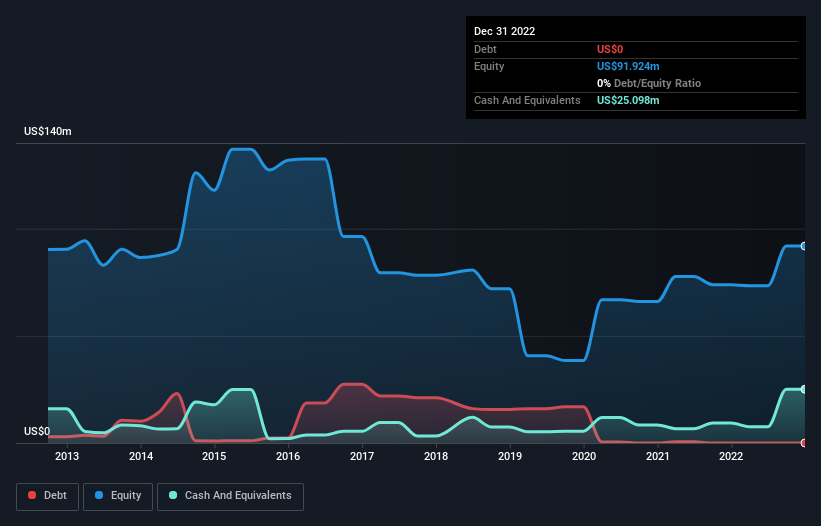We're Hopeful That Peninsula Energy (ASX:PEN) Will Use Its Cash Wisely
Even when a business is losing money, it's possible for shareholders to make money if they buy a good business at the right price. For example, although Amazon.com made losses for many years after listing, if you had bought and held the shares since 1999, you would have made a fortune. But while the successes are well known, investors should not ignore the very many unprofitable companies that simply burn through all their cash and collapse.
So, the natural question for Peninsula Energy (ASX:PEN) shareholders is whether they should be concerned by its rate of cash burn. For the purposes of this article, cash burn is the annual rate at which an unprofitable company spends cash to fund its growth; its negative free cash flow. The first step is to compare its cash burn with its cash reserves, to give us its 'cash runway'.
View our latest analysis for Peninsula Energy
When Might Peninsula Energy Run Out Of Money?
A company's cash runway is calculated by dividing its cash hoard by its cash burn. In December 2022, Peninsula Energy had US$25m in cash, and was debt-free. Importantly, its cash burn was US$5.5m over the trailing twelve months. So it had a cash runway of about 4.6 years from December 2022. There's no doubt that this is a reassuringly long runway. The image below shows how its cash balance has been changing over the last few years.
How Well Is Peninsula Energy Growing?
We reckon the fact that Peninsula Energy managed to shrink its cash burn by 50% over the last year is rather encouraging. On top of that, operating revenue was up 31%, making for a heartening combination It seems to be growing nicely. Clearly, however, the crucial factor is whether the company will grow its business going forward. For that reason, it makes a lot of sense to take a look at our analyst forecasts for the company.
How Hard Would It Be For Peninsula Energy To Raise More Cash For Growth?
We are certainly impressed with the progress Peninsula Energy has made over the last year, but it is also worth considering how costly it would be if it wanted to raise more cash to fund faster growth. Companies can raise capital through either debt or equity. Many companies end up issuing new shares to fund future growth. By comparing a company's annual cash burn to its total market capitalisation, we can estimate roughly how many shares it would have to issue in order to run the company for another year (at the same burn rate).
Since it has a market capitalisation of US$71m, Peninsula Energy's US$5.5m in cash burn equates to about 7.7% of its market value. Given that is a rather small percentage, it would probably be really easy for the company to fund another year's growth by issuing some new shares to investors, or even by taking out a loan.
Is Peninsula Energy's Cash Burn A Worry?
It may already be apparent to you that we're relatively comfortable with the way Peninsula Energy is burning through its cash. In particular, we think its cash runway stands out as evidence that the company is well on top of its spending. But it's fair to say that its cash burn reduction was also very reassuring. Looking at all the measures in this article, together, we're not worried about its rate of cash burn; the company seems well on top of its medium-term spending needs. On another note, we conducted an in-depth investigation of the company, and identified 4 warning signs for Peninsula Energy (1 is potentially serious!) that you should be aware of before investing here.
Of course Peninsula Energy may not be the best stock to buy. So you may wish to see this free collection of companies boasting high return on equity, or this list of stocks that insiders are buying.
Have feedback on this article? Concerned about the content? Get in touch with us directly. Alternatively, email editorial-team (at) simplywallst.com.
This article by Simply Wall St is general in nature. We provide commentary based on historical data and analyst forecasts only using an unbiased methodology and our articles are not intended to be financial advice. It does not constitute a recommendation to buy or sell any stock, and does not take account of your objectives, or your financial situation. We aim to bring you long-term focused analysis driven by fundamental data. Note that our analysis may not factor in the latest price-sensitive company announcements or qualitative material. Simply Wall St has no position in any stocks mentioned.

